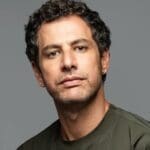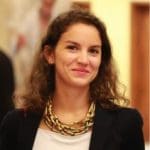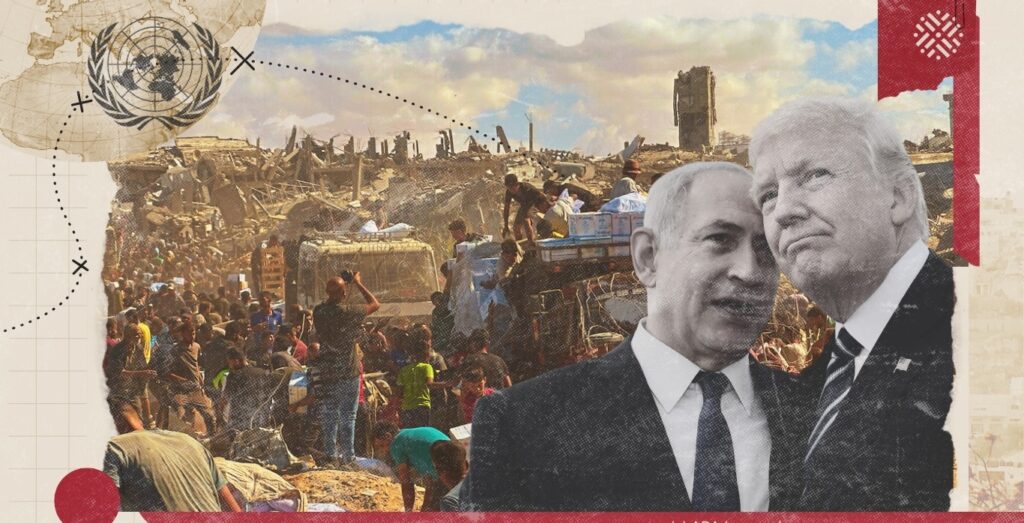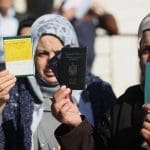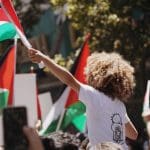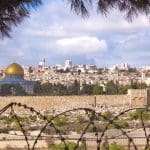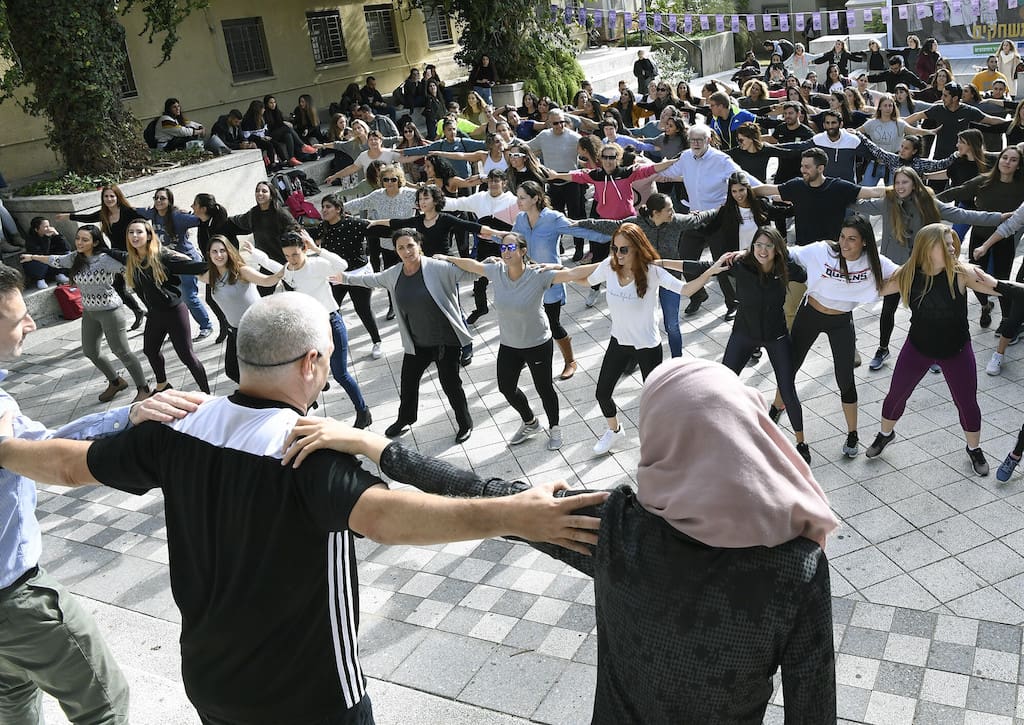
The frameworks of peace-building in Palestine and Ireland are profoundly problematic in the context of continued colonization. Over the last few years, western donors and policymakers have been reviving peace-building in Palestine through people-to-people projects. Using the Irish peace process as a model, they argue that dialogue between two sides is the only way forward, obscuring the power asymmetries between Palestinians and Israelis. Why are these initiatives being revived? How and why is the notion of “embedded peace” in Northern Ireland being exported to Palestine?
Al-Shabaka’s Commissioning Editor, Nadim Bawalsa hosted a conversation with Senior Analyst, Yara Hawari, and Assistant Professor of Conflict Resolution at Trinity College, Dublin, Brendan Ciaran Browne, to investigate these questions and more.


